Homeowners should be aiming for dry, warm, and clean basements. It doesn't matter whether the basement is a living area or not. Insulate the basement to keep the rest of the house warm. So, how can you insulate the basement ceiling? We did the research to bring you the answer.
Basement ceilings can be easily insulated using fiberglass or foil insulation. Put the fiberglass or foil insulation in between the floor joists. The insulation is held together by spring metal supports, wire, or staples.
Warm air moves from a warmer space to a colder one. Keep reading this post to see why this is important and how to insulate the basement ceiling.

Insulating The Basement Ceiling
Before we delve into how to go about insulating your basement, we will explain why basement ceiling insulation is important.
In the home, a warm basement ceiling is a warm floor on the first floor of your home. To eliminate the cold seeping through gaps or cracks in the floorboards, insulate the basement ceiling. Insulation should be for both unfinished and finished basements.
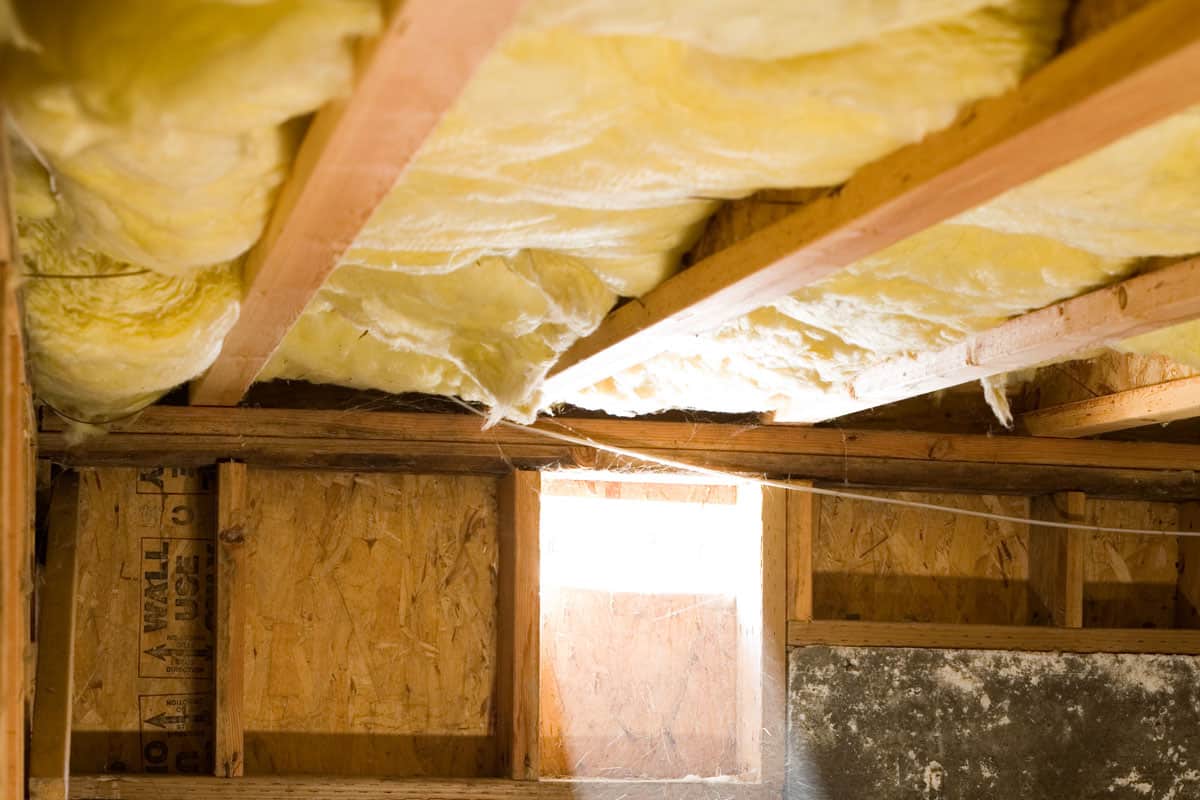
To insulate your basement ceiling properly, you should do the following:
- Start by thoroughly accessing the basement ceiling and taking measurements.
- Assemble the tools you'll need. You can use basic tools for this project. Namely, a utility knife, tape measure, straight edge, safety glasses, gloves, and a stapler (if necessary).
- Purchase the necessary insulation according to the measurements you have jotted down. Request the help of a home improvement employee if needed.
- Cut the insulation according to the measurements you have.
- Fix it in between the floor joists. Depending on the insulation, you might be required to have some air space in between the joists.
- Finally, affix sheetrock to the bottom of the joists.
For more information, check out this video:
Insulating Materials For Basement Ceilings
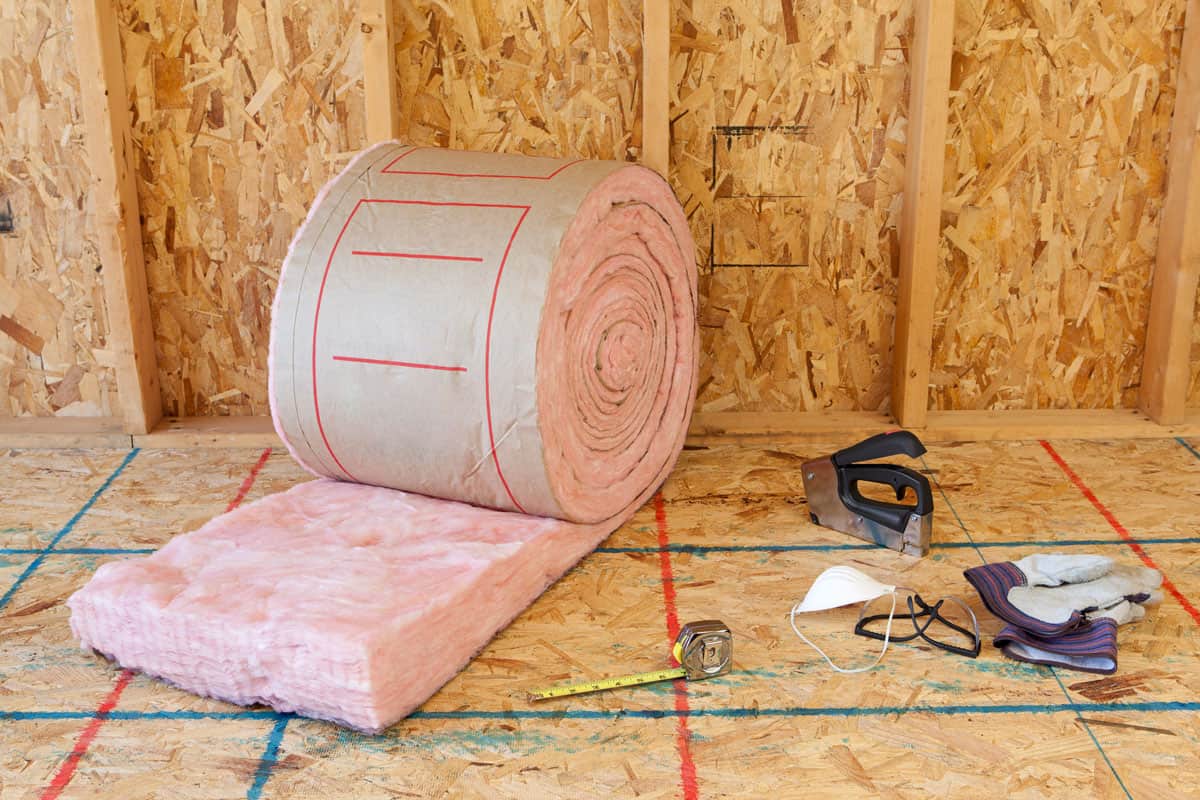
Technology has provided homeowners with a variety of insulation materials. Some are more popular than others due to their benefits and drawbacks. Before you rush to purchase basement ceiling insulation, you should consider the different types of insulation available.
The most common and readily available insulation materials are:
Fiberglass Batts/Rolls
Fiberglass comes in rolls or blankets. It has a high R-value at a low cost. Fiberglass is suitable for most climates, but some protective gear is necessary for installation.
Foil Insulation

Foil is ideal for unfinished basements because it reflects heat. Homeowners can use foil to weatherproof the basement ceiling. Foil is rather expensive. Due to foil insulation's high R-value, it does a superb job repelling moisture.
Have a look at these foil sheets on Amazon.
Spray Foam
This type of insulation lets you seal cracks and gaps easily. It is perfect around pipes and ductwork. The spray foam expands once applied, and the excess is cut off when it dries.
Foam Boards
Foam boards are a wonderful alternative to fiberglass. They are easy to work with. You can cut them into any shape or form. These inexpensive foam boards can be a lasting solution when installed well.
Check out these foam boards on Amazon.
Natural Cotton
Cotton is an eco-friendly and inexpensive option. It insulates, but it is thinner than its counterparts. The R-value is not known, and it can absorb moisture. The moisture makes it a breeding ground for mold and mildew.
Factors To Consider When Insulating Your Basement Ceiling
Homeowners should be aware that a basement doesn't have to be completed before insulating it. Because when you have an uninsulated basement ceiling, you are losing heat and hiking the energy bills. Before you rush to purchase basement ceiling insulation, you should consider:
- Location—Your geographical location will dictate the R-value of the insulation material you'll need.
- Type and function of the basement—A crawlspace won't require the same insulation as a walk-in or walkout basement.
- Ease of installation—Do not buy insulation material that needs tremendous work to install.
- Budget—Insulation materials of choice might be costly. If you wish to use the services of a professional, the project will be more costly. Homeowners should have an idea of how much they are willing to spend even for DIY projects.
How To insulate Rim Joists
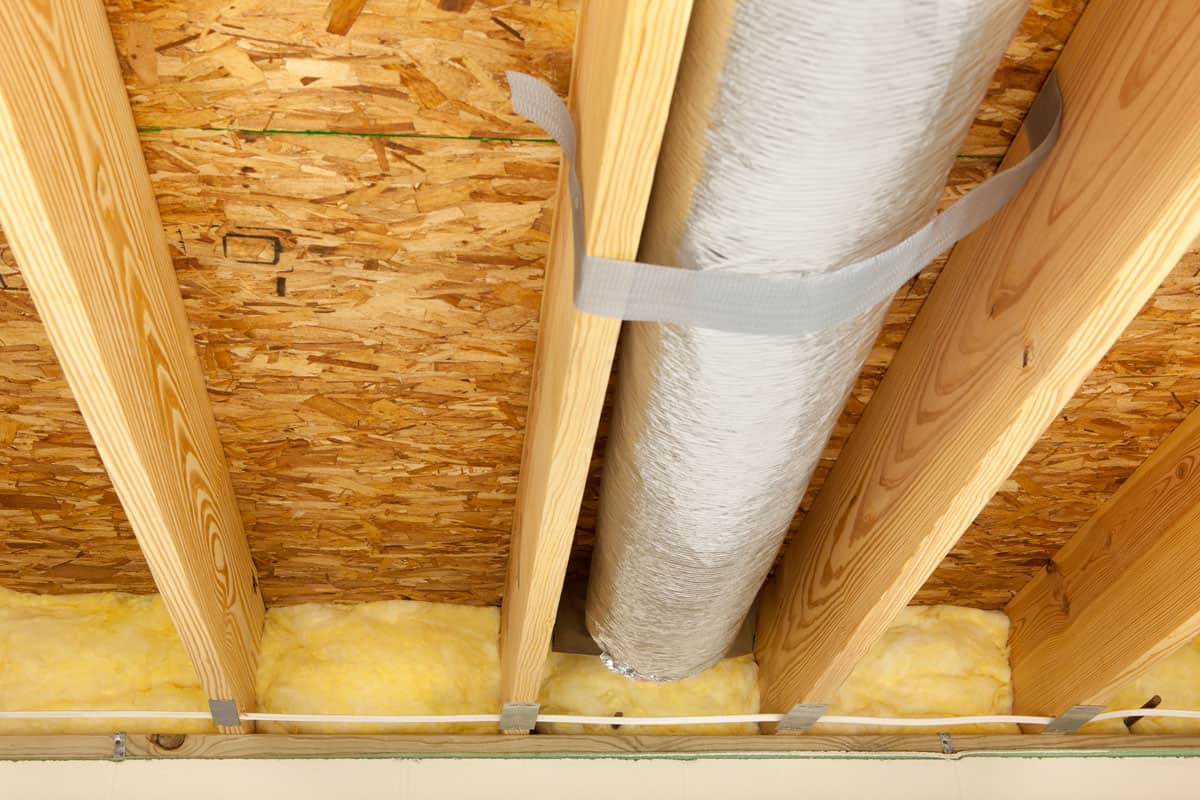
Rim joists are the most overlooked area when it comes to insulation. These are the areas where you are bound to lose heat when incorrectly insulated. Rim joists are also known as headers.
Condensation can cause mold and mildew when homeowners use the wrong type of insulation. Experts advise avoiding fiberglass and opting for foam board instead. Foam board insulation also provides a moisture barrier.
To insulate the rim joists, you should:
- Purchase the required foam boards with the necessary R-value for your home.
- Next, take measurements of the rim joists to be insulated.
- Cut the foam boards according to the measurements you have gotten. Make the cuts 1/16 of an inch smaller to ensure that they slide into place.
- Wedge the insulation in the rim joists.
- Finally, use foam insulation for any gaps that might be left.
Now you can confidently say that your home is energy efficient.
Here is a video tutorial on how to insulate basement rim joists:
Should You Insulate Ductwork And Piping In the Basement?
Yes, you should! They are part of the basement ceiling, and they could allow drafts where they pass. Some ductwork already has insulation on the inside. In this case, you'll need to insulate the gaps around the ductwork and pipes.
If you have naked pipes or ductwork, you can insulate them to reduce heat loss in the basement. Inspect and insulate the ductwork and pipes thoroughly. Check for gaps, leaks, or cracks.
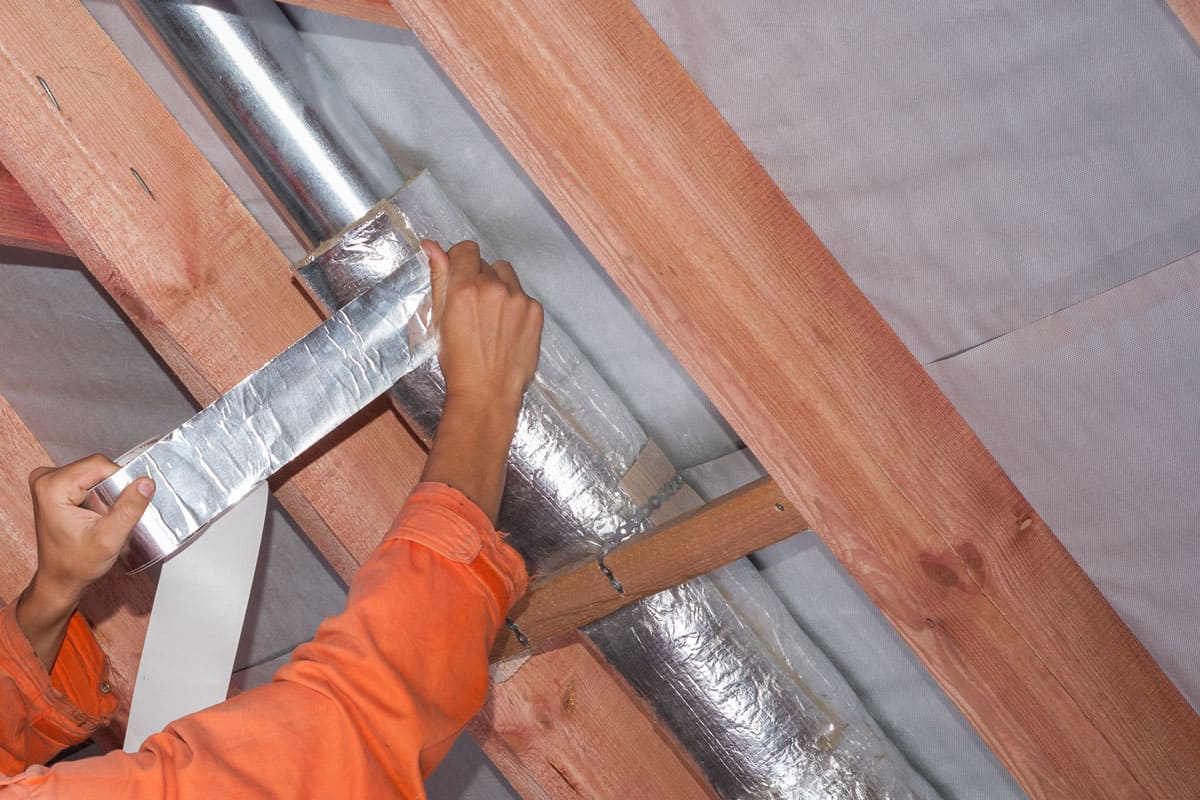
Additionally, you can use mastic and foil tape for joints, seams, gaps, and leaks on the ductwork. Foil-faced fiberglass is excellent for this job. You can use caulk or foam for insulation around pipes and ductwork.
Insulation allows the ductwork to maintain most of the heat from the central heating for distribution to the other living spaces.
Here is a short video illustrating the process:
Can You Soundproof A Basement Ceiling?
Use insulation to stop the noise from the basement traveling up. The insulation can double up as a soundproof material.
Eventually, you'll cover the insulation in the basement ceiling. You can use drywall or sheetrock and plaster. It will further reduce the noise that might come from a finished basement used as a game room or movie theater.
Unwittingly, the insulation works as a soundproofing material in between the floorboards. Go the extra mile! Get additional soundproofing material for your basement, too!
What Is R-Value?

The R-value is simply the ability of insulation material to conduct heat. The material used shouldn't allow heat to escape or cold to penetrate through.
The R-value is measured in SI units that use a metric system. This system has the meter measuring length and the kilogram for weight. Any good thermal insulator should be able to keep steady temperature conditions.
Advantages And Disadvantages Of Basement Ceiling Insulation
Everything has an up and a downside to it. It isn't an exception when it comes to insulating basement ceilings! There are obvious advantages and some disadvantages.
Advantages
The advantages of warm, well-heated basements are:
- A comfortable additional living space.
- Allergies will stay at bay.
- Lower energy bills.
- Properly managed temperatures in your home.
Disadvantages
You might not want to see the downside of basement insulation, but it's there:
- The installation and maintenance of insulation are costly.
- You lose headroom in your basement from all the insulation.
- The airflow in the basement will feel restricted or limited.
You can find a way around or eliminate some disadvantages. Overall, basement ceiling insulation helps with home value.
Cost Of Basement Ceiling Insulation
The average cost of insulating any part of the basement is usually between $1.50 to $2.50 per square foot. Inquire from any local building and construction experts because costs vary from state to state. Basements often require less insulation than the other rooms.
In Closing
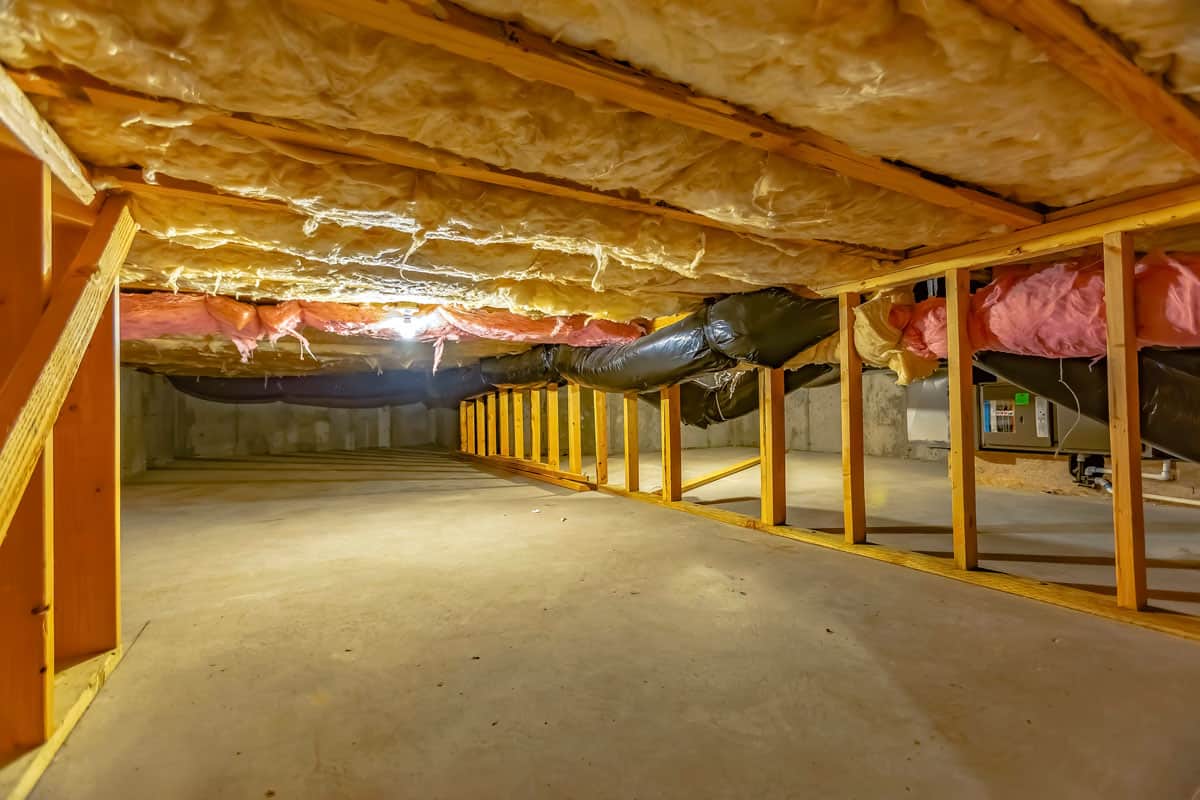
Nobody wants a cold basement. Start by insulating the basement ceiling to reduce heat loss on the first floor.
Before you begin insulating, check the local building codes. Find out what they require you to do as a homeowner. You can select affordable insulation from those available in any home improvement store.
For more information, read the following:


